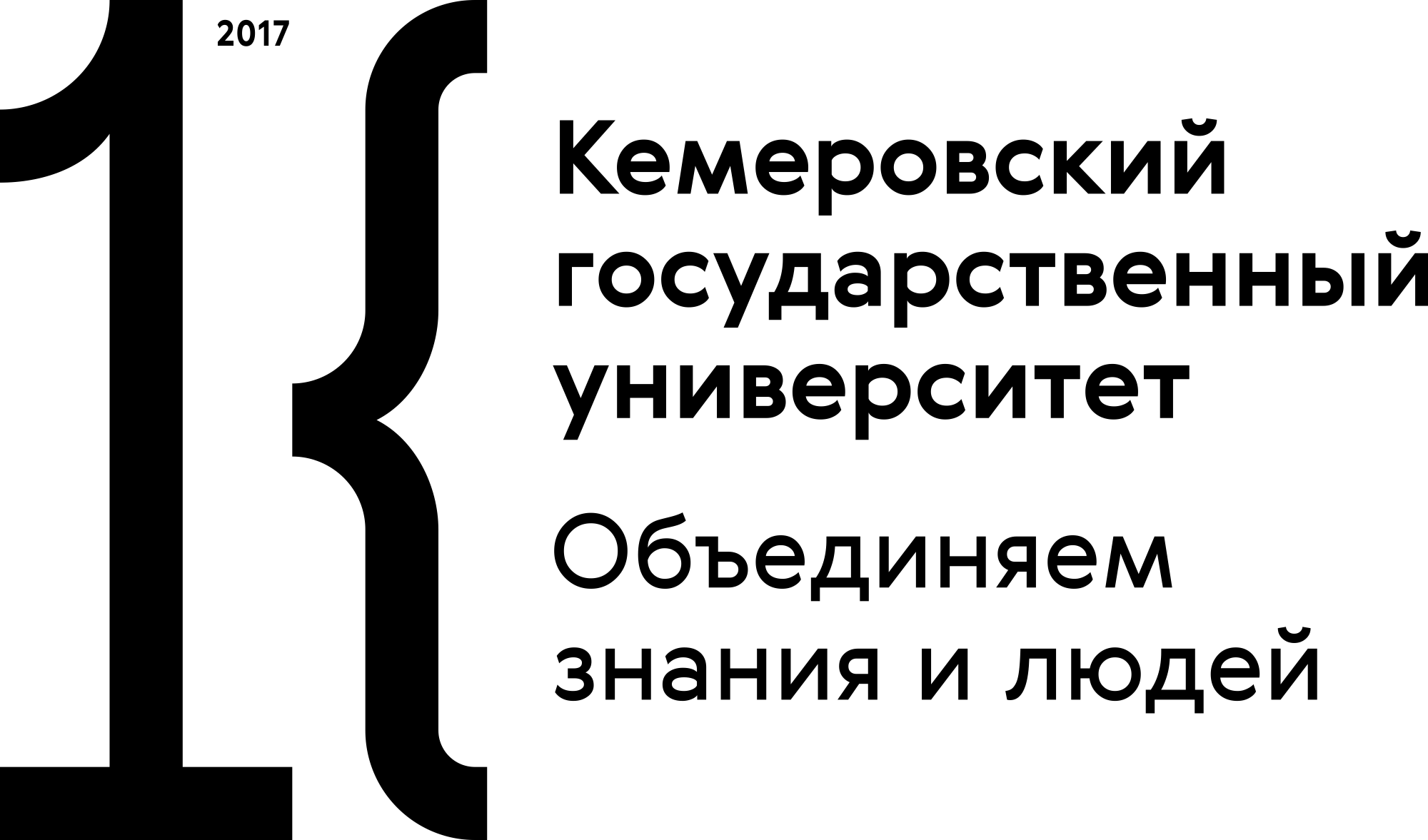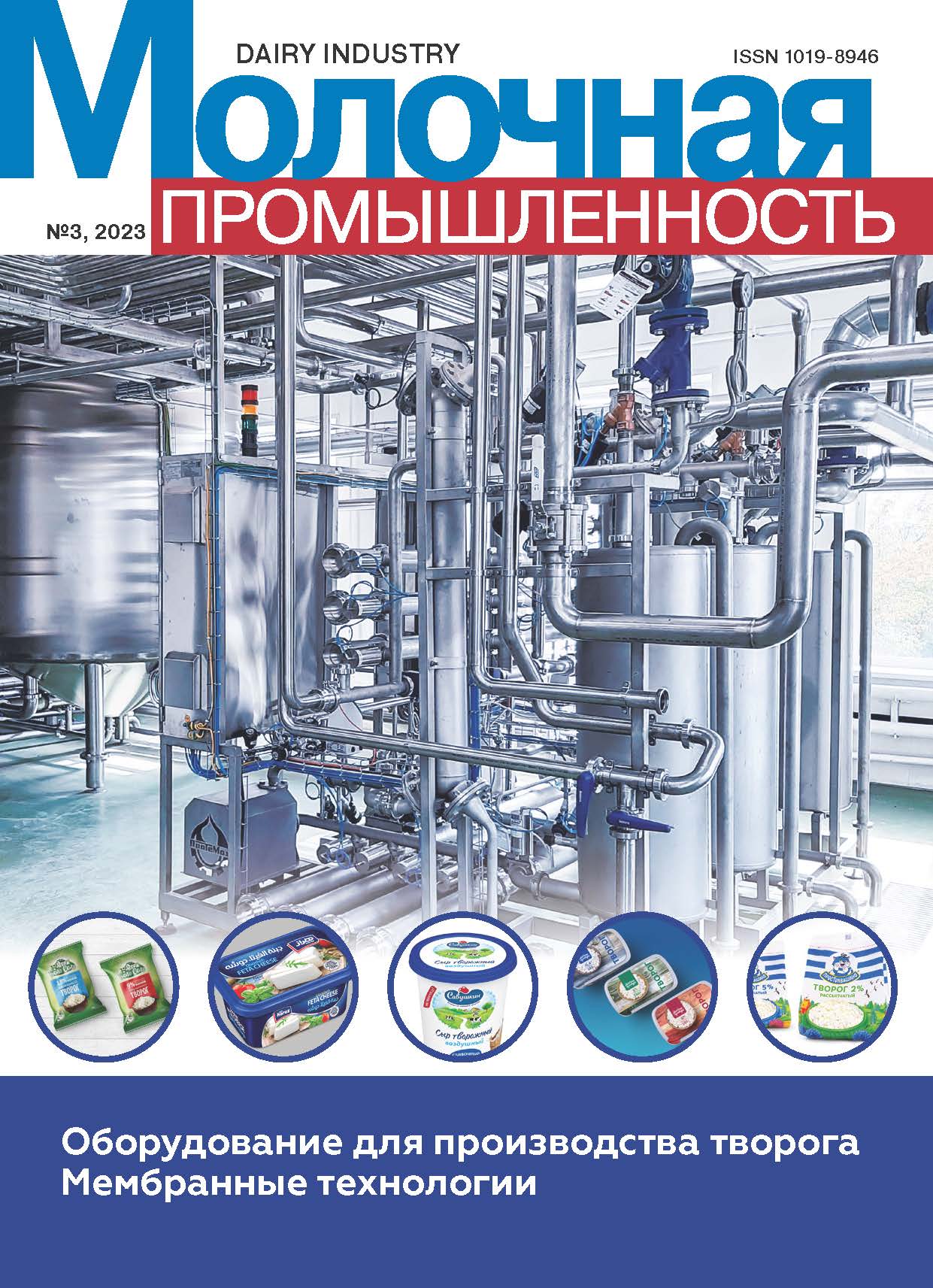Dubrovitsy, Russian Federation
Dubrovitsy, Moscow, Russian Federation
Dubrovitsy, Russian Federation
The influence of different levels and forms of selenium on the productivity and metabolic processes of lactating cows was studied. When feeding various concentrations of organic selenium – 4,9, 3,7 and 2,5 mg/head/day, the average daily milk yield with a fat mass fraction of 4 % was 22,48, 24,70 and 24,56 kg, respectively, which is 1,7, 11,7 and 11,2 % more than the control group, whose diet included sodium selenite. The amount of selenium in milk increased by 1,5, 26,1 and 24,6 %, the content of somatic cells decreased by 3,3, 13,0 and 11,5 %. The digestibility of dry matter, organic matter, protein, fat, fiber, BEV increased by 0,24–3,25, 0,41–4,43, 1,23–2,67, 0,06–2,47, 1,09–1,71 and 0,16–2,21 %. Bactericidal, lysozyme, phagocytic activity was high and amounted to 43,48–45,71 %, 0,62–0,65 µg/ml and 42,33–43,66 %, respectively, or by 0,62–2,85, 3,3–8,3 and 2,67–3,04 % more than the control. The content of TBA-active products in the blood serum of cows of the experimental groups compared with the control was 9,9–42,8 % less, the total amount of water-soluble antioxidants was 18,9–53,5 % more, while increasing the concentration of selenium in the blood serum. The insemination index decreased by 0,20, 0,55, 0,45 %, the service period – by 4, 19 and 10 days, respectively. The profit from the sale of milk obtained from cows fed with 3,7 mg/head/day of organic selenium was the largest and amounted to 10 980 rubles on the head.
selenium, milk productivity, resistance, antioxidant status, profit
1. Aliev, A.A. Izuchenie vliyaniya razlichnyh urovney selena na intensivnost' rosta zhivoy massy i pokazateli etogo elementa v krovi telyat 1-6-mesyachnogo vozrasta/ A.A.Aliev, Z.M.Dzhambulatov, B.M.Gadzhiev// Zootehniya. 2012. № 10. S. 11-12.
2. Golubkina, N.A. Selen v pitanii: rasteniya, zhivotnye, chelovek/ N.A.Golubkina, T.T.Papazyan. - M., 2006. - 254 s.
3. Mysik, A.T. Aprobaciya helatnyh soedineniy selena v racionah svinomatok v usloviyah proizvodstva/ A.T.Mysik [i dr.]// Zootehniya. 2018. № 3. S. 4-9.
4. Prytkov, Yu.N. Optimizaciya selenovogo pitaniya molodnyaka krupnogo rogatogo skota/ Yu.N.Prytkov, V.A.Kokorev, A.A.Kistina. - Saransk, 2007. - 215 s.
5. Perepelkina, L.I. Biohimicheskie aspekty soderzhaniya selena v agrosfere Priamur'ya i ego vliyaniya na obmennye processy v organizme zhivotnyh i pticy/ L.I.Perepelkina, T.A.Krasnoschekova. - Blagoveschensk: izdatel'stvo Dal'GAU, 2012. - 152 s.
6. Nadeev, V.P. Helatnye mikroelementy v pitanii sviney/ V.P.Nadeev, R.V.Nekrasov. - Samara, 2016. - 145 s.
7. Zavodnik, L.B. Antioksidantnye svoystva novogo preparata organicheskogo selena pri ego ispol'zovanii v svinovodstve/ L.B.Zavodnik [i dr.]// Veterinariya. 2006. № 7. S. 45-47.
8. Zyabbarov, A.G. Klinicheskoe proyavlenie nedostatochnosti selena i mery profilaktiki/ A.G.Zyabbarov, A.D.Bol'shakov// Veterinariya. 2002. № 7. S. 11-12.
9. Mysik, A.T. Aprobaciya helatnyh soedineniy selena v racionah svinomatok v usloviyah proizvodstva/ A.T.Mysik [i dr.]// Zootehniya. 2018. № 3. S. 4-9.






